Many people make decisions based on how they feel about products and services. If the digital experience you provide fails to resonate emotionally, you risk losing them to competitors. This shift has brought emotional engagement to the forefront of modern UX design.
Discover how emotions influence and shape users' perceptions and behaviors. This article also provides insights and tried-and-tested strategies for implementing a successful emotional UX design.
What is Emotional Engagement in UX Design?
Emotional engagement in UX design utilizes visual and sensory elements to evoke specific emotions and reactions from users. When interactions have an emotional component, they result in a meaningful, trust-based relationship that transcends a transactional dynamic.
Don Norman, often referred to as the Father of UX design, pioneered this concept of emotional design. By integrating psychological principles and visual cues, you can foster a sense of familiarity and create a memorable experience.
Why Emotional Engagement Matters in UX Design
Creates memorable experiences
It is difficult to stand out in a saturated market, but not impossible. One way to achieve this is by integrating emotional engagement into your experience. This entails creating interactions that tap into users' feelings, affect their mood, and create a bond between them and the product. To deepen this process, collaborating with a UX design company help translate these emotional cues into consistent, user-centered interactions grounded in research.
This is evident in online games that feature vibrant graphics and music, creating a thrilling atmosphere for gamers. Similarly, social media platforms leverage eye-catching images, funny videos, and positive interactions through likes and comments to reel users in. These emotional connections in UX design create a more enjoyable and memorable experience.
Reduces user frustration
It's easy for users to be put off by inconveniences, especially when the average time it takes visitors to explore a website is 54 seconds. This is where emotionally informed design comes in handy.
Considering users' emotional reactions and behaviors can lead to a better and seamless experience. This lessens the chances of frustration as you develop a design that anticipates user needs. Websites that allow customers to make purchases as guests rather than forcing them to create an account can encourage them to complete the transaction.
Encourages users to explore your website/app
A website that sparks visitors' curiosity and emotions is more likely to entice them to stay and explore more. The same can be said for apps, social media platforms, and other channels that share stories, videos, and other content that is relatable to their audiences.
Content that promotes social connection or highlights positive experiences through emotional engagement can enhance feelings of belonging and relationships.
Core Principles of Emotional UX Design
Applying emotional engagement in UX design can take many forms with an underlying goal of creating an experience that positively impacts user perception. Here are five key principles to guide you in your approach.
Principle #1: build user trust through consistency and transparency
When users know what to expect, it's easier for them to engage with your product. So it's important to remain consistent in using visual elements, like colors, fonts, and layouts. For example, when a user clicks on a gray 'Buy' button that turns green, the same action should occur on other pages—users who know what to expect become more confident in exploring your website.
In addition, clear communication about data usage, policies, and processes gains their trust. A good example is when a website informs users about its data policies and provides them with user control over their privacy settings. Another example is when e-commerce websites offer a transparent process for order fulfillment.
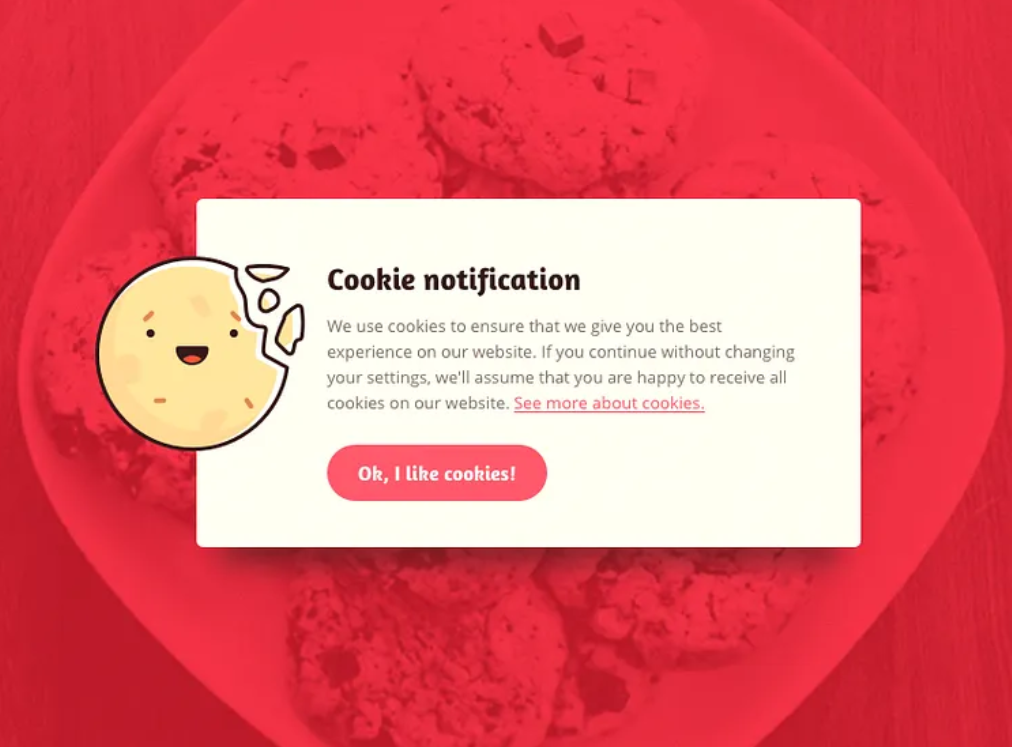
Pop-up web cookies notification via Dribbble
Principle #2: leverage personalization to create relevance
The second design principle is leveraging personalization, which is crucial for today's consumers who value their individuality. Take social media platforms that let users customize their pages, from choosing their user names and sharing content to modifying recommendations on their feed. Similarly, streaming platforms like YouTube, Spotify, and Netflix recommend and curate experiences based on users' histories.
Personalization in UX design prioritizes engagement and relevant content for users and makes them feel special and understood.
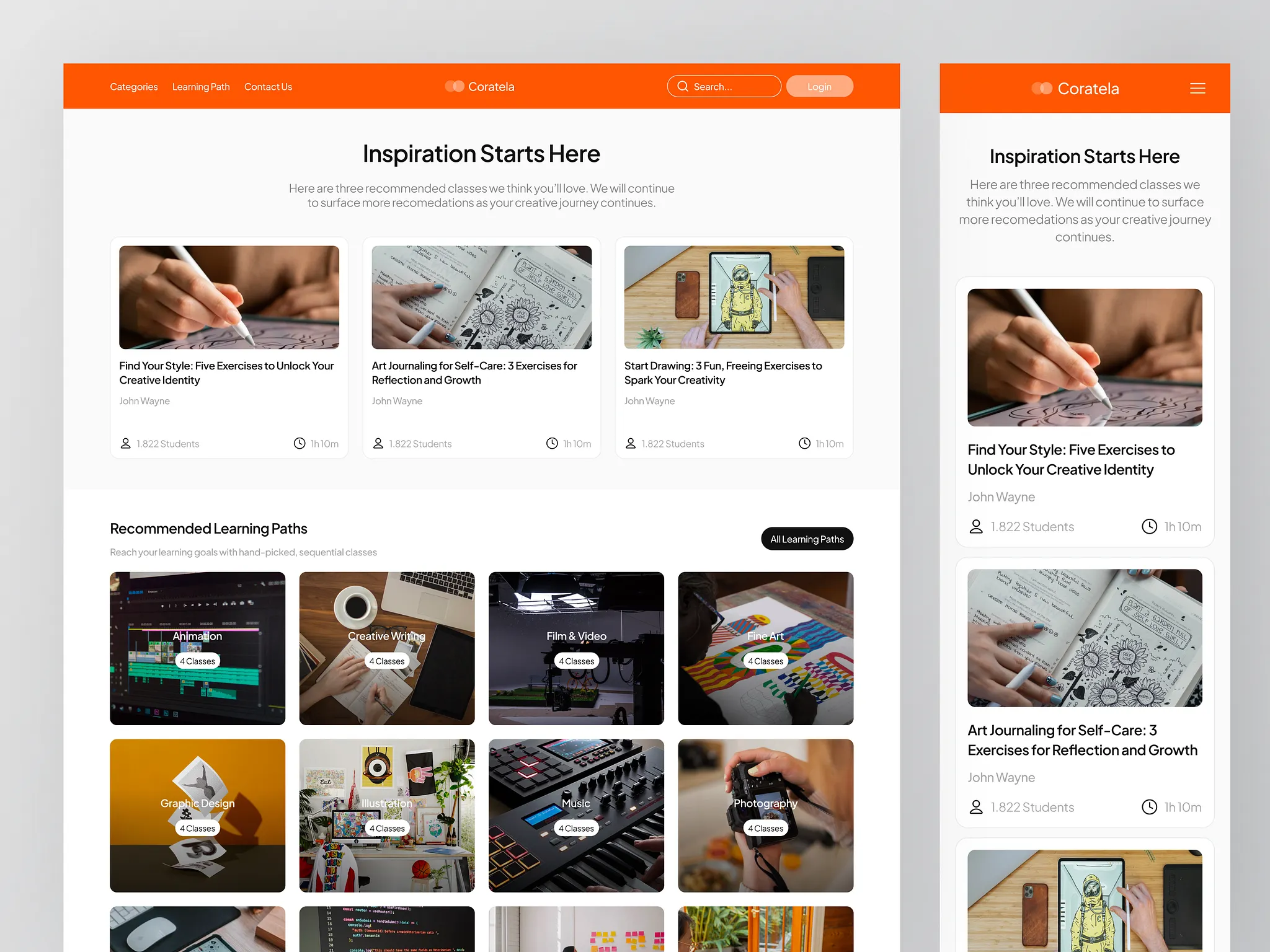
Incorporate recommendations using user history. Image via Dribbble
Principle #3: include micro-interactions for an impactful experience
Micro-interactions are small animations and transitions, like a button changing colors when clicked, an icon spinning as the page loads, or text that changes size when hovered over. These make the experience all the more enjoyable, leaving users satisfied and even pleasantly surprised.

Micro-interaction adds a bit of fun to UX design. Via Dribbble
Say you have just completed filling out a form on a website. Upon submission, an animation pops up congratulating you on your accomplishment. Micro-interactions are great at providing instant feedback, whether it's appreciating the user or informing them of problems. This helps guide users and reduce confusion, which, in turn, avoids frustration.
Principle #4: prioritize user empathy in every design decision
Integrating human psychology's visceral, behavioral, and reflective dimensions into design can make a huge difference. One way to achieve this is to cultivate empathy, where designers explore and understand their target audience's needs, pain points, and perspectives.
Empathy mapping is an effective technique for categorizing users' thoughts, feelings, environment, and behaviors in a systematic manner. This insight-driven process informs designers which human-centric design elements to prioritize. Complementary methods, such as user behavior analysis, interviews, and usability testing, further enrich this empathic understanding.
Principle #5: create a sense of community and belonging
Users who feel a genuine connection within the digital space are more likely to interact and continue using your product. This is why integrating feedback features that allow users to share their experiences can be vital in informing designers of their pain points. It also helps them tailor UX design to make users feel understood and included. Designers can create prototypes and test them with real users, leading to a more refined digital product that the community will love.
Examples on How to Optimize Emotional Engagement in UX Design
Storytelling through design
Storytelling can effectively convey the purpose and values behind a website or app. It entails weaving a narrative that resonates with the target audience and appeals to emotions through humor, inspiration, or nostalgia. Other storytelling elements, like images, colors, and typography, can create an engaging experience.
Streaming platform Spotify implements storytelling through design with its Spotify Wrapped feature. Instead of simply listing a user's listening history, Spotify artistically takes a trip down memory lane. With eye-catching visuals—vibrant graphics and animations— Spotify employs engaging narratives that appeal to emotions.
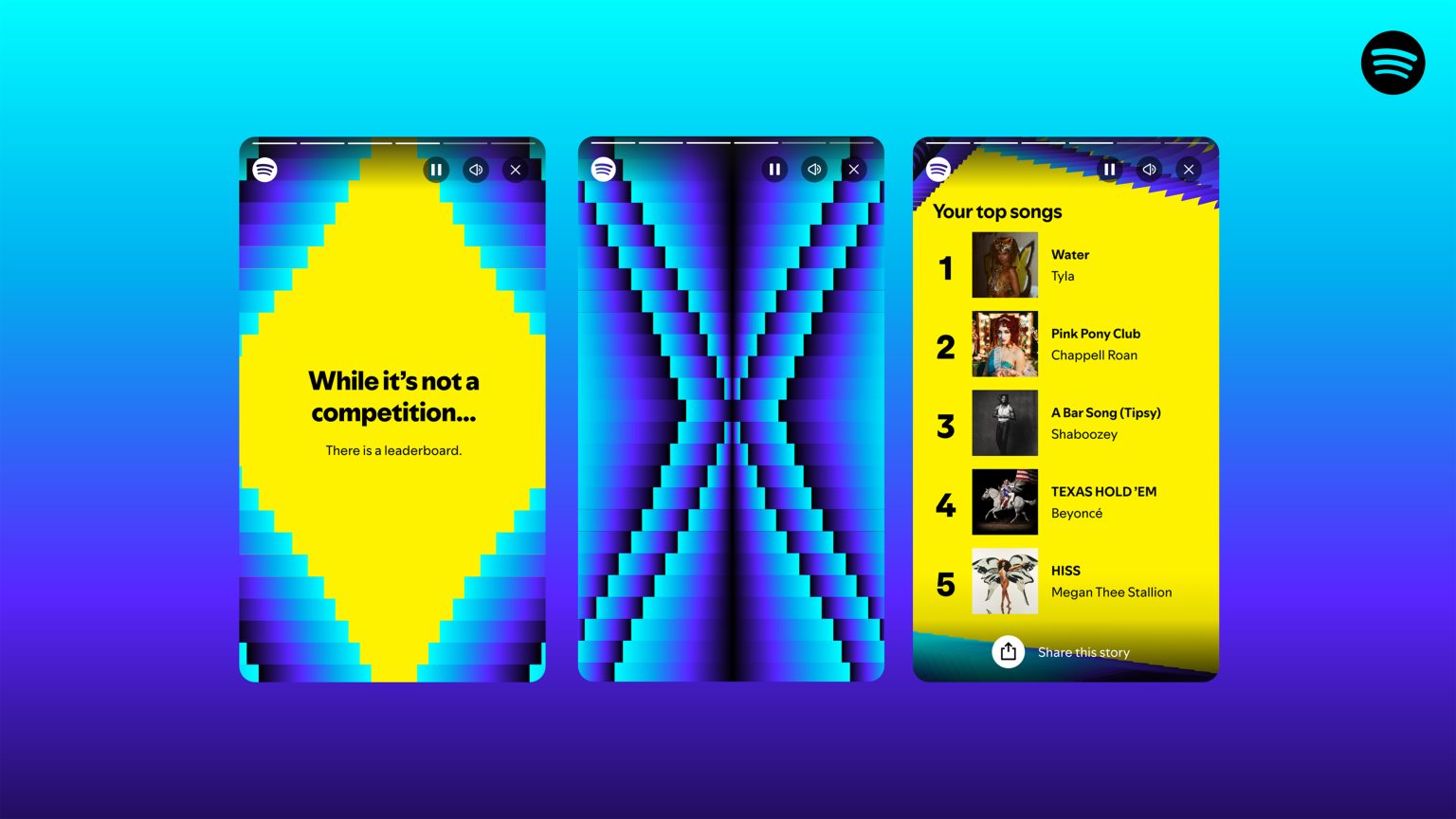
Wrapped 2024 via Spotify
The summary is also personalized, aligning the design with the user's top songs, artists, and genres over the year. Additionally, Spotify uses this data to curate playlists like "Discover Weekly." Finally, Spotify leverages community dynamics by allowing users to share their results on social media.
Color and visual psychology
Colors can significantly influence people's behavior and emotions. Red signals danger or urgency, but can also feel exciting and powerful. In contrast, green inspires calmness and freshness. Find the right combination of colors, and you can create an emotional user experience that captures attention and leaves a lasting impression. Visual psychology principles, like Gestalt, explore how humans perceive design elements. For instance, visual elements placed near each other are seen as related. This helps designers organize content effectively while maintaining aesthetic appeal.
Gamification and rewards
Gamification and rewards in UX design are more than just earning points and prizes. It empowers users to create their own experiences and succeed in their goals.
Take the fitness tracker Fitbit, which allows users to set personalized goals for daily steps, calories, or distance. It's filled with challenges that enable users to compete against themselves or others. As users hit milestones, they're rewarded with virtual badges encouraging them to return to the app.
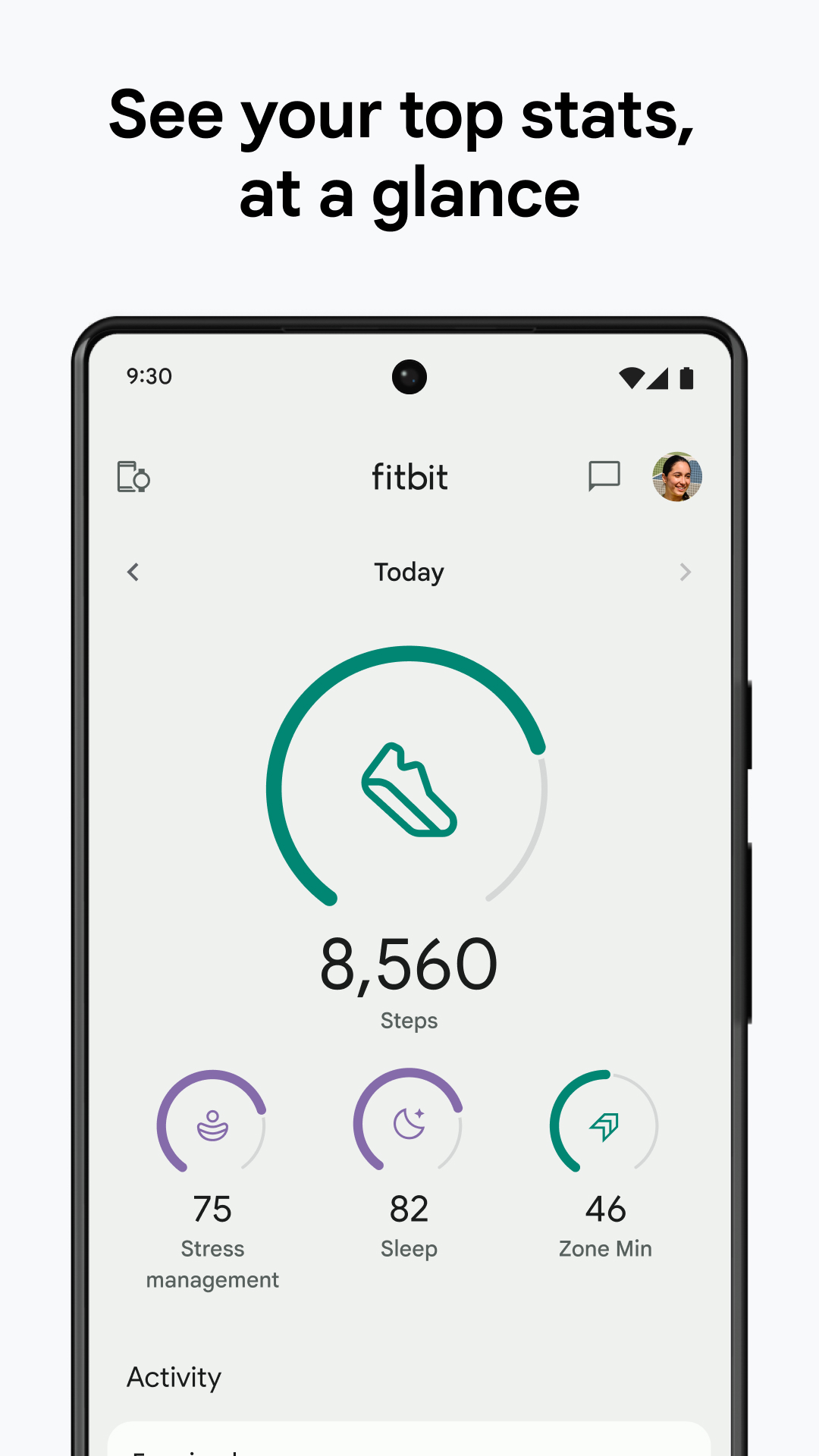
Fitbit incorporates a user experience (UX) design that challenges and inspires users. Image via Google Play
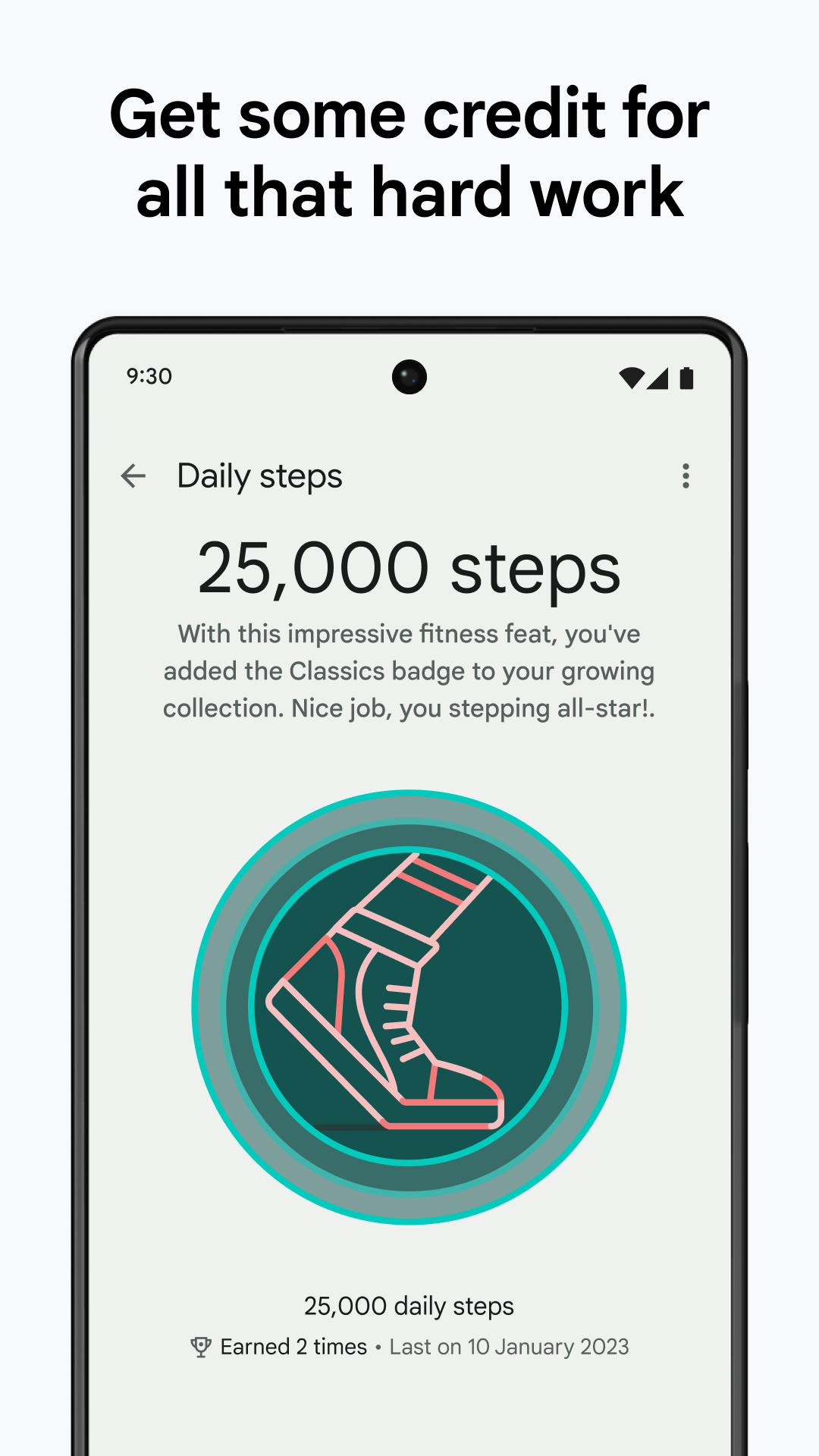
Fitbit awards badges to users. Image via Google Play
Here, we can see how gamification and rewards make exercise less tedious and more enjoyable. They tap into their sense of accomplishment and foster loyalty, which increases retention within the Fitbit community.
Intuitive experience through anticipatory design
An intuitive UX design can anticipate user needs before they are even expressed. This approach simplifies tasks and makes using apps or websites feel effortless. Designers analyze past user behaviors to predict what they want next to achieve an anticipatory UX design. For instance, an e-commerce site may recommend related products or allow one-tap reordering based on a previous order.
Travel sites like Booking.com feature hotels and other accommodations personalized to users' search history, complete with honest reviews and related travel blogs. This type of anticipatory design delivers a seamless experience customized to the finest detail.
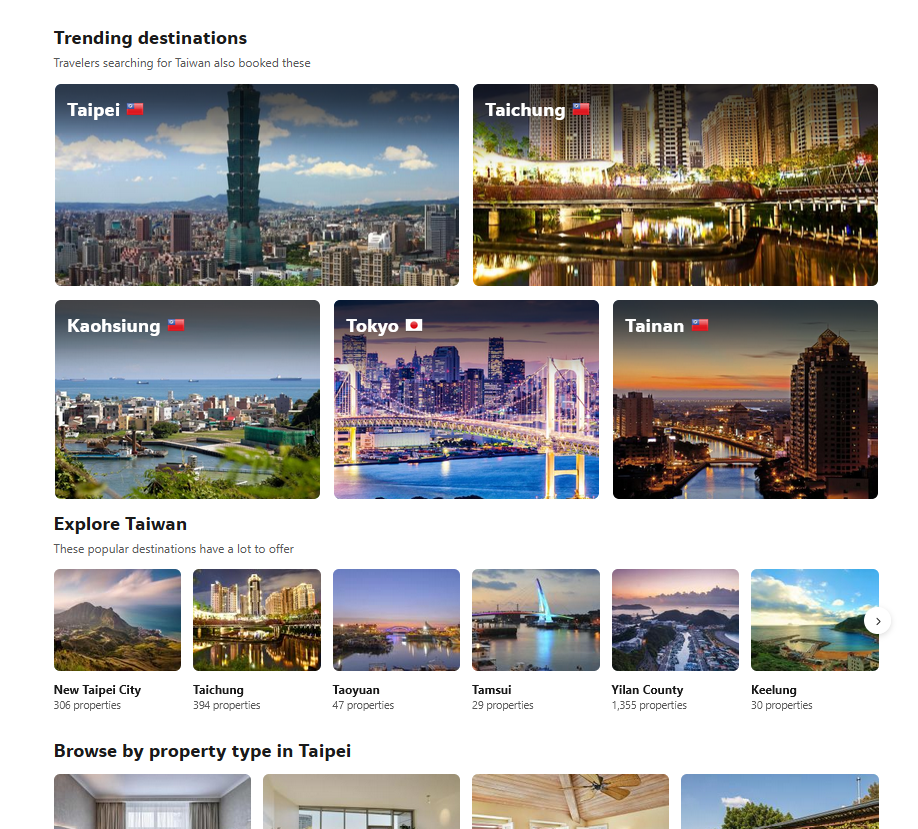
The travel website adjusts its recommendations based on search history. Image via Booking.com
Measuring the Success of Emotional UX Design
So, how do you know if the emotional UX design you’ve implemented works? Through several metrics like user sentiment analysis, time on site, conversion rate, and NPS.
- User sentiment analysis. User sentiment analysis entails gathering opinions through reviews and comments to evaluate people's feelings about your UX design. When more people experience positive sentiments, they are more likely to have a favorable emotional response.
- Time on site. This tracks the amount of time a user spends exploring a website. It can be obtained through tools like Google Analytics, which records the time users spend engaging with a site before exiting. You can also be specific and measure the time on site per page, which helps identify which content resonates most with users.
- Conversion rate. The conversion rate refers to the percentage of visitors who complete a desired action, such as purchasing a product, signing up for a newsletter, or contacting your team. You can expect a high conversion rate when you have an effective emotional UX design. Successful UX design can increase conversion rates by up to 400%.
- NPS, or net promoter score, captures users’ feelings toward your product by asking them how likely they are to recommend it to others. A high NPS indicates a positive emotional connection.
There are also more sophisticated ways to assess the quantitative and qualitative success of a website or app's emotional engagement, as implemented by user experience design companies. These include Single Ease Questions, Emotional Response Tracking, and Efficiency Ratio.
- Single ease question (SEQ). This survey question helps designers understand how easy a task is to accomplish on a scale from very difficult to very easy.
- Emotional response tracking. Go the extra mile with tools like facial expression coding to analyze users' emotional reactions in real-time. For instance, a smile or a frown while browsing a website can indicate the user's general enjoyment of their experience.
- Efficiency ratio. The efficiency ratio is closely tied to SEQ, measuring the time it takes for users to complete specific tasks successfully. A high efficiency ratio means users can complete tasks quickly and easily.
Work with Expert Emotional UX Designers
Creating a human-centered user experience that fosters deeper connections requires careful integration of psychological principles. This leads to memorable interactions that boost engagement, loyalty, and conversions.
However, emotional UX design can be nuanced, as user needs and preferences constantly evolve. Individual factors also influence user perceptions. That said, successfully implementing emotional engagement in UX design requires continually listening to their feedback through surveys, user testing, and behavioral data analysis.
To develop an experience that resonates on a visceral level, you'll need a trusty partner who is up-to-date on the latest research and techniques. Contact an expert UX design firm that can take care of your needs and guide you to an emotionally engaged user experience.
Aug 14, 2025
